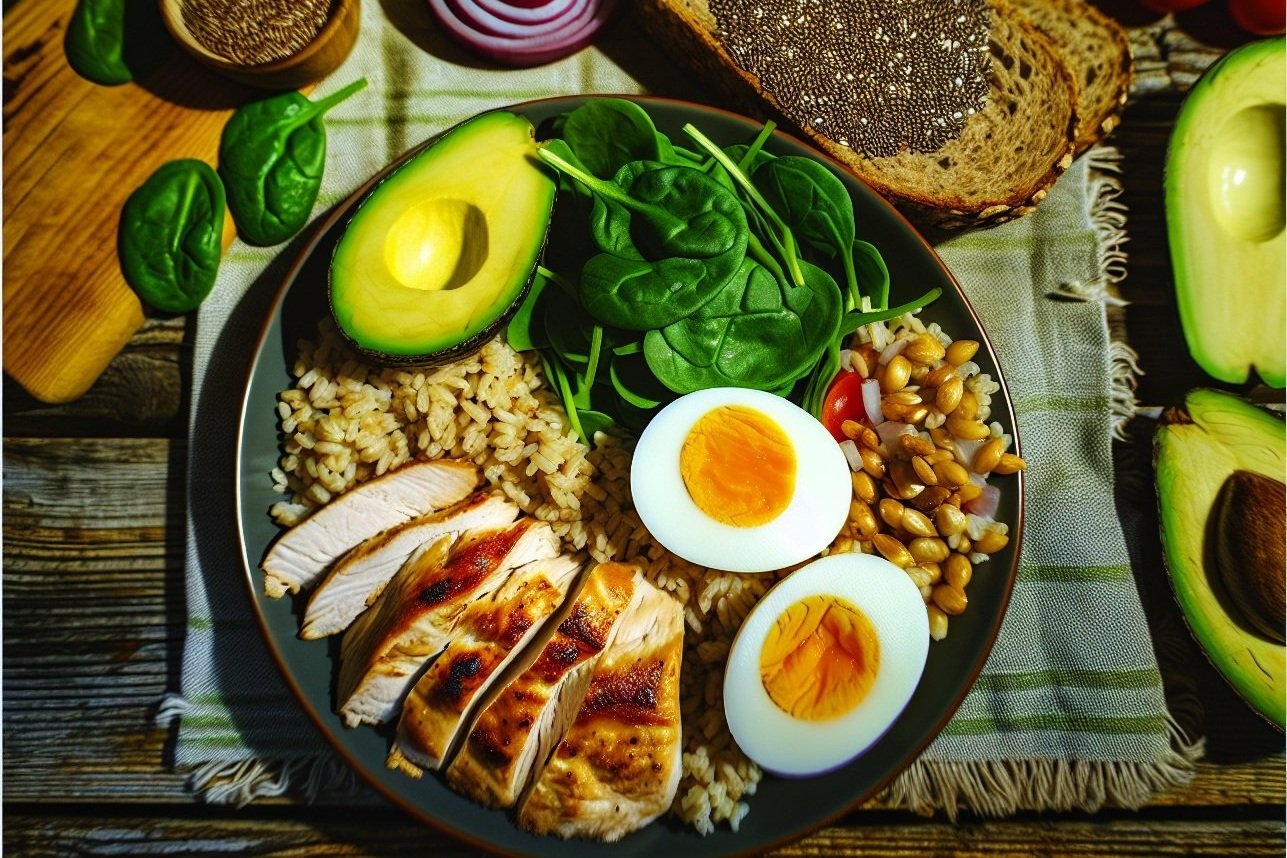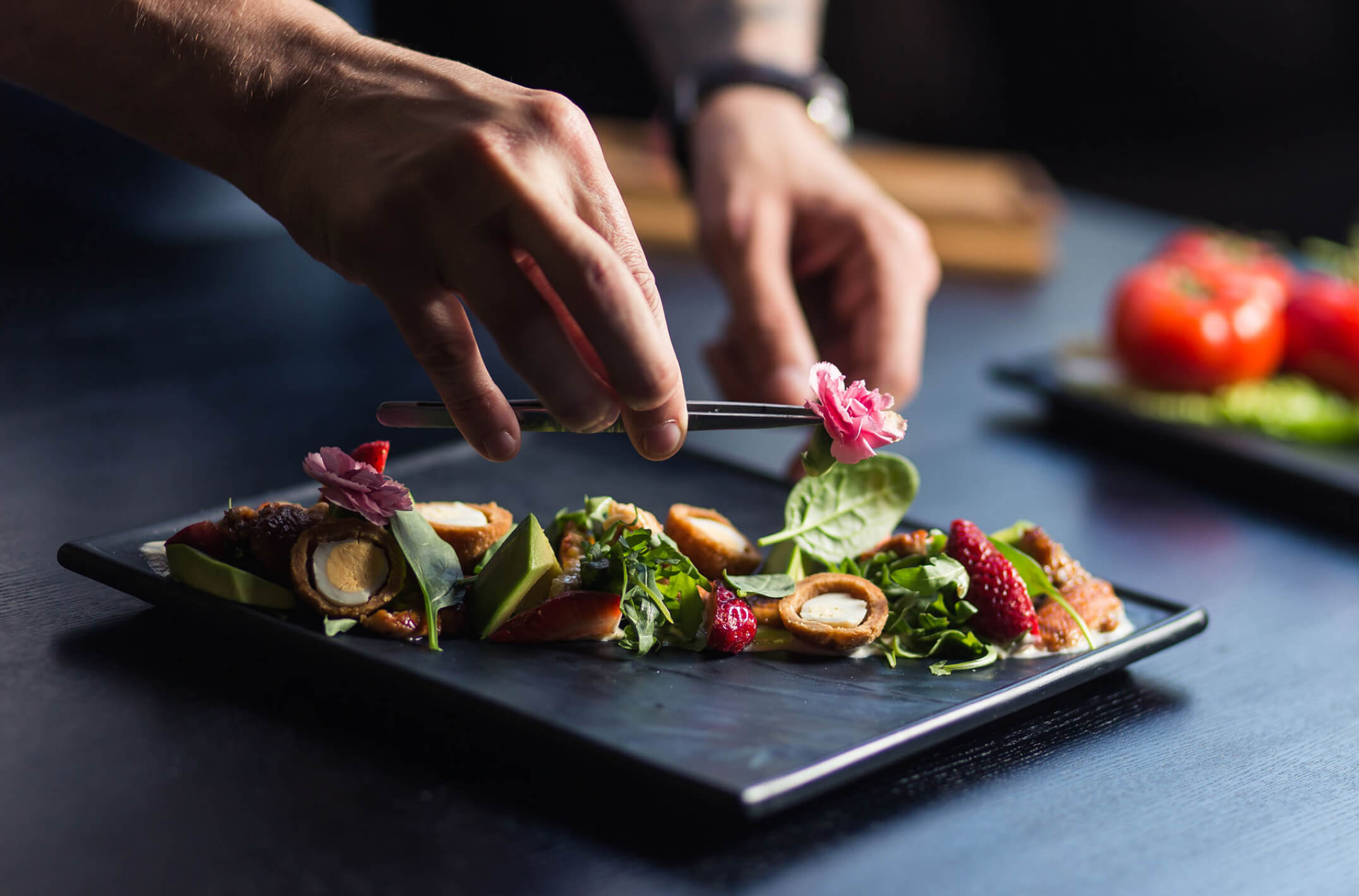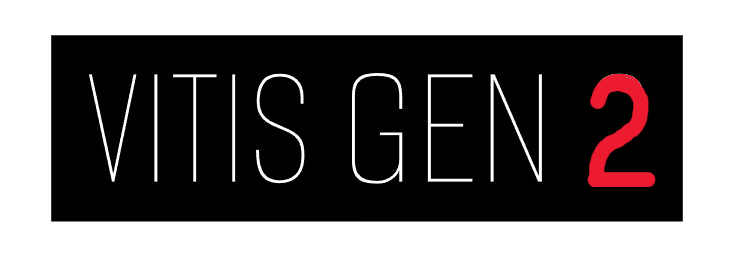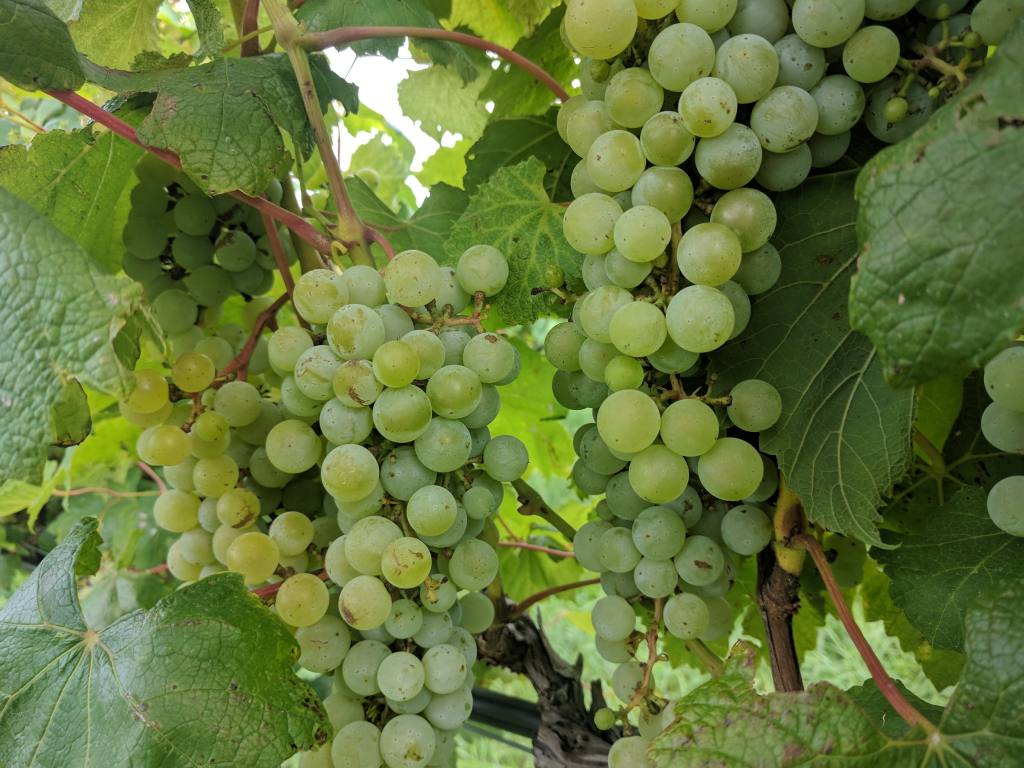Savoring Life: How Food and Recreation Create the Perfect Recipe for Well-Being

In a fast-paced world dominated by screens, deadlines, and endless to-do lists, it’s easy to forget two of life’s simplest joys: good food and meaningful recreation. While these elements might seem like luxuries in our busy schedules, they are essential for maintaining balance, happiness, and overall well-being. Food not only fuels our bodies but also connects us to cultures and traditions, while recreation allows us to recharge, stay active, and build relationships. Together, they form the perfect combination for living a more fulfilling life.
Why Food and Recreation Go Hand-in-Hand
Food and recreation share a common thread: both bring people together and enhance life’s experiences. Whether it’s a weekend barbecue, a picnic at the park, or a food-and-wine festival, meals often serve as the centerpiece of social gatherings and leisure activities. They’re not just about eating; they’re about connecting—sharing flavors, laughter, and moments that strengthen bonds.
When paired with recreation—anything from hiking and biking to exploring farmers’ markets or cooking classes—food experiences become even richer. Recreation keeps us moving, stimulates the senses, and opens the door to new discoveries, while food provides comfort, flavor, and an opportunity to celebrate the day’s adventures.
Exploring Food as an Experience
Food has evolved beyond sustenance; it’s now a form of recreation in itself. The rise of culinary tourism, cooking shows, and social media food culture has transformed dining into an adventure. People are no longer just eating—they’re seeking unique, memorable culinary experiences.
Some of the most popular ways food has become part of recreation include:
-
Food festivals and street markets: These events offer an opportunity to sample diverse flavors, meet chefs, and discover local delicacies.
-
Culinary travel: Travelers plan entire trips around local cuisines, from sampling pasta in Italy to exploring street food in Thailand.
-
Interactive dining experiences: Cooking classes, farm-to-table dinners, and chef-led tastings make eating an engaging activity.
-
Food photography and social media: Documenting meals has become part of the fun, with vibrant dishes serving as inspiration for others.
For many, exploring food is just as exciting as visiting a landmark or attending a concert. It has become a way to learn about culture, support local businesses, and create lasting memories.

The Role of Recreation in a Balanced Lifestyle
While food is a source of joy, it’s recreation that balances indulgence with health. Recreational activities—from light strolls to adrenaline-pumping adventures—keep the body active and the mind refreshed.
Some benefits of incorporating recreation into daily life include:
-
Physical health: Regular activity improves cardiovascular health, strengthens muscles, and supports weight management.
-
Mental well-being: Recreation reduces stress, boosts mood, and can even enhance creativity and focus.
-
Social connections: Group activities, like team sports or community hikes, foster friendships and a sense of belonging.
-
Exploration and growth: Recreational pursuits like traveling, learning a new sport, or trying outdoor activities push us beyond comfort zones.
When paired with mindful eating and shared food experiences, recreation helps maintain balance, ensuring that indulgence doesn’t tip into excess while still allowing life’s pleasures.
Creating Memorable Food and Recreation Experiences
Combining food and recreation doesn’t have to involve elaborate planning or expensive trips. With a little creativity, anyone can integrate these two elements into their routine. Here are some ideas:
-
Picnic Adventures: Pack a basket of homemade dishes or local treats and head to a nearby park, beach, or hiking trail. Combine the joys of nature with the flavors you love.
-
Cooking and Activity Nights: Host a dinner party where guests cook a meal together, followed by a group activity like dancing, games, or a casual walk.
-
Farmers’ Market Mornings: Visit a local market, sample fresh foods, and then use your finds to prepare a fresh, seasonal meal at home.
-
Culinary-Themed Trips: Explore a new city or country through its cuisine, pairing dining experiences with local tours, biking, or walking excursions.
-
Outdoor Food Events: Attend a food truck rally, wine tasting, or community festival, blending the excitement of food with live entertainment and outdoor fun.
These experiences not only make meals more meaningful but also encourage exploration, connection, and activity.
How Food and Recreation Foster Community
One of the most powerful aspects of pairing food with recreation is the sense of community it creates. Shared meals and group activities are universal connectors, breaking down barriers and fostering friendships across cultures and generations.
Neighborhood events like potlucks, cooking classes, or recreational leagues often start as casual gatherings and evolve into lasting traditions. Similarly, traveling to new destinations to explore local cuisines introduces people to cultures in ways no museum or textbook can match.
Whether it’s a family cooking together on a Sunday, friends sharing stories over a campfire meal, or strangers bonding at a festival, food and recreation create spaces where people can connect, laugh, and learn.
Health and Balance: Enjoying Without Overindulgence
Pairing food and recreation also helps promote a balanced lifestyle. While it’s natural to enjoy indulgent meals—especially while traveling or celebrating—physical activity ensures those moments don’t lead to long-term health issues.
Here are some tips to strike the right balance:
-
Stay active daily: Even light walks after meals can aid digestion and burn calories.
-
Practice mindful eating: Savor flavors, eat slowly, and stop when full.
-
Opt for fresh, local foods: Choosing seasonal ingredients can enhance flavor and nutritional value.
-
Balance indulgence with movement: A day spent at a food festival can be paired with a morning hike or bike ride.
This approach allows you to enjoy the pleasures of food without guilt while maintaining a healthy, active lifestyle.
The Future of Food and Recreation
As lifestyles evolve, the intersection of food and recreation will only grow stronger. Health-conscious dining options, sustainable food practices, and experience-driven travel are shaping how people eat and explore. From farm-to-table retreats to wellness resorts offering cooking workshops alongside yoga and hiking, the demand for immersive experiences is on the rise.

Technology is also changing the landscape. Food delivery services now pair with virtual cooking classes, and apps help people discover local eateries, hidden markets, and food-centric tours wherever they go. These tools make it easier than ever to combine culinary exploration with recreational enjoyment.
Conclusion: Living Fully Through Food and Play
Food and recreation are two of life’s greatest joys, and together, they offer a path to richer, more meaningful living. By exploring new cuisines, staying active, and sharing these experiences with others, we nourish not just our bodies, but our minds and relationships.
Whether it’s discovering a local food market, cooking a meal with loved ones, or enjoying a picnic after a hike, blending recreation and food creates memories that last a lifetime. In a world where busyness often overshadows simple pleasures, taking the time to savor both can be the key to a more balanced, joyful, and fulfilling life.










